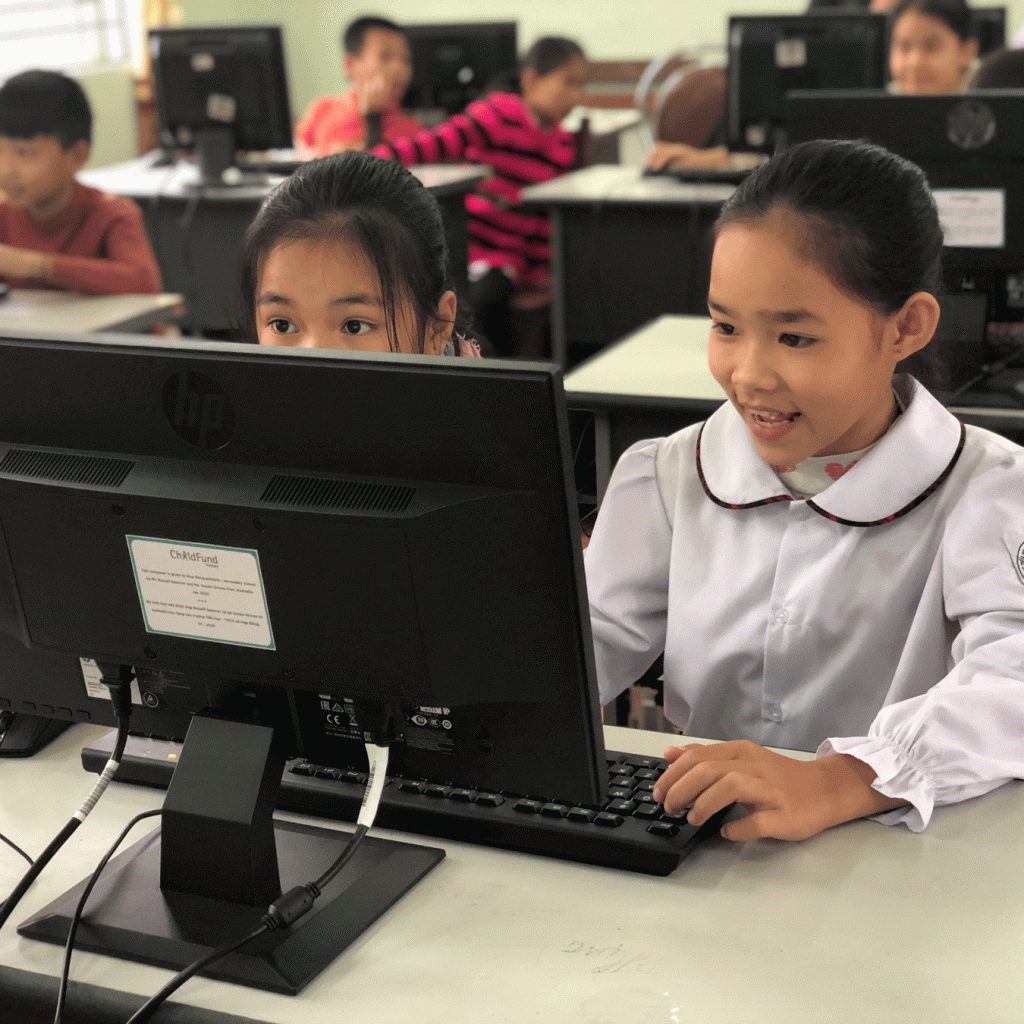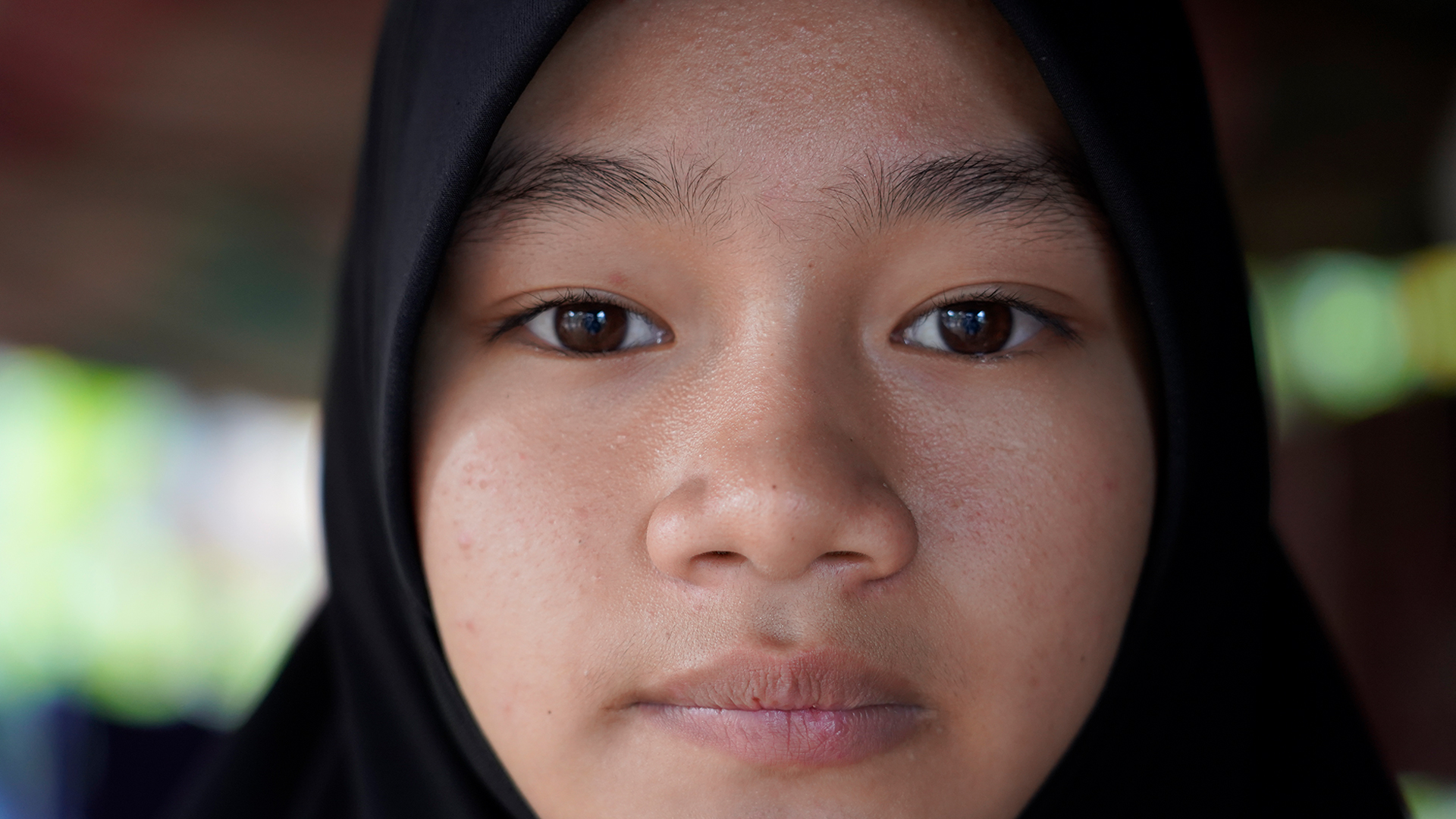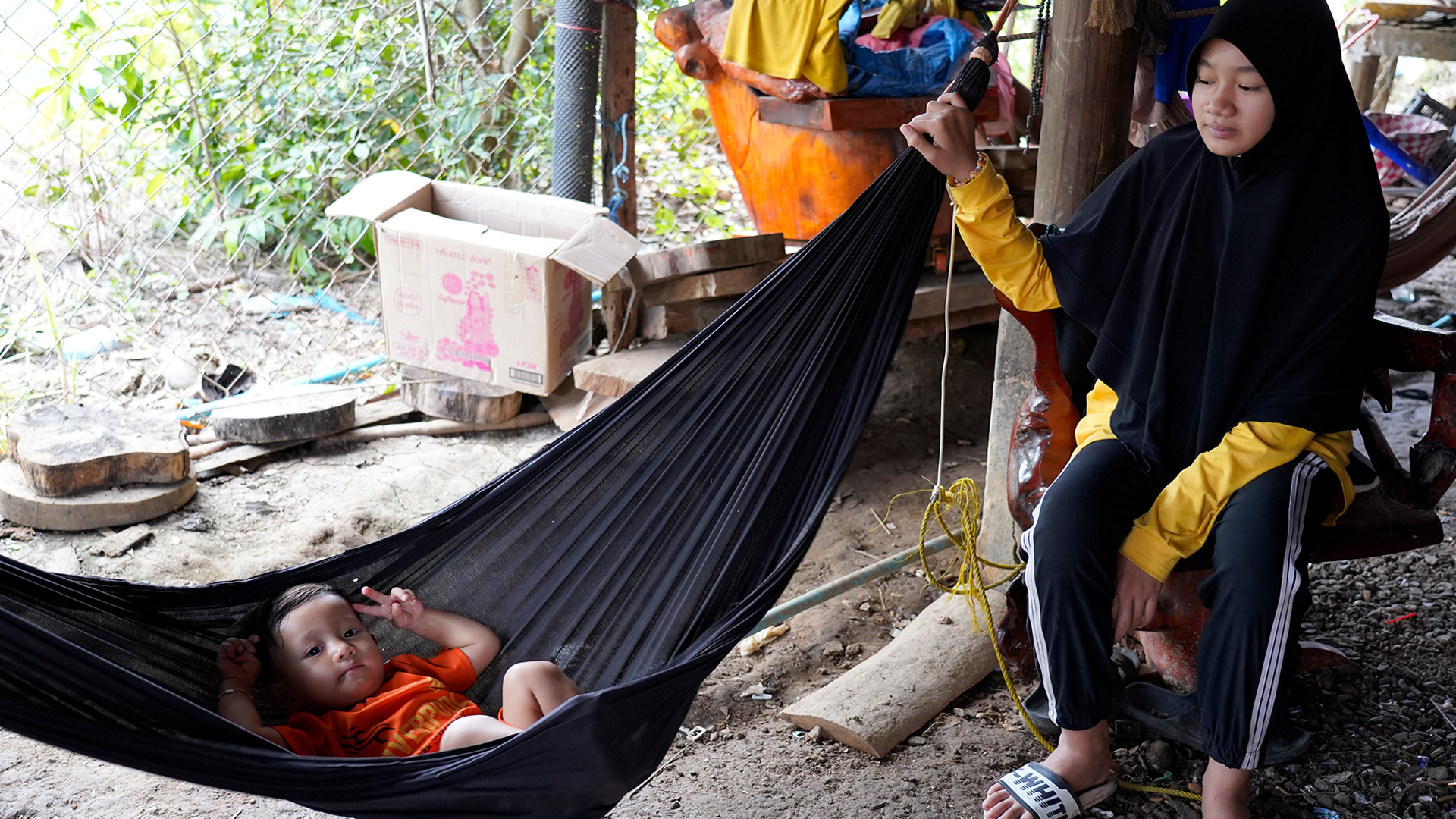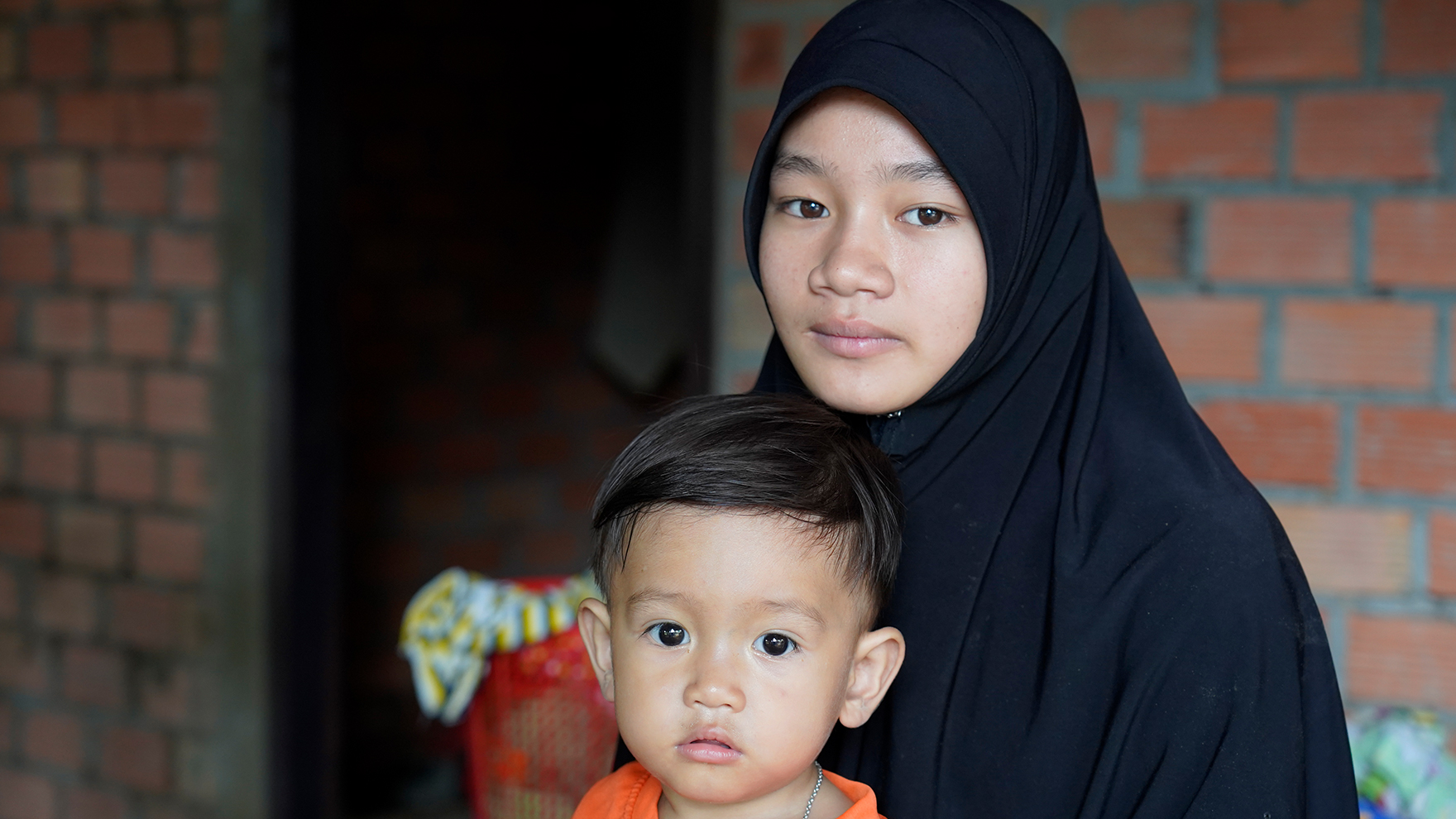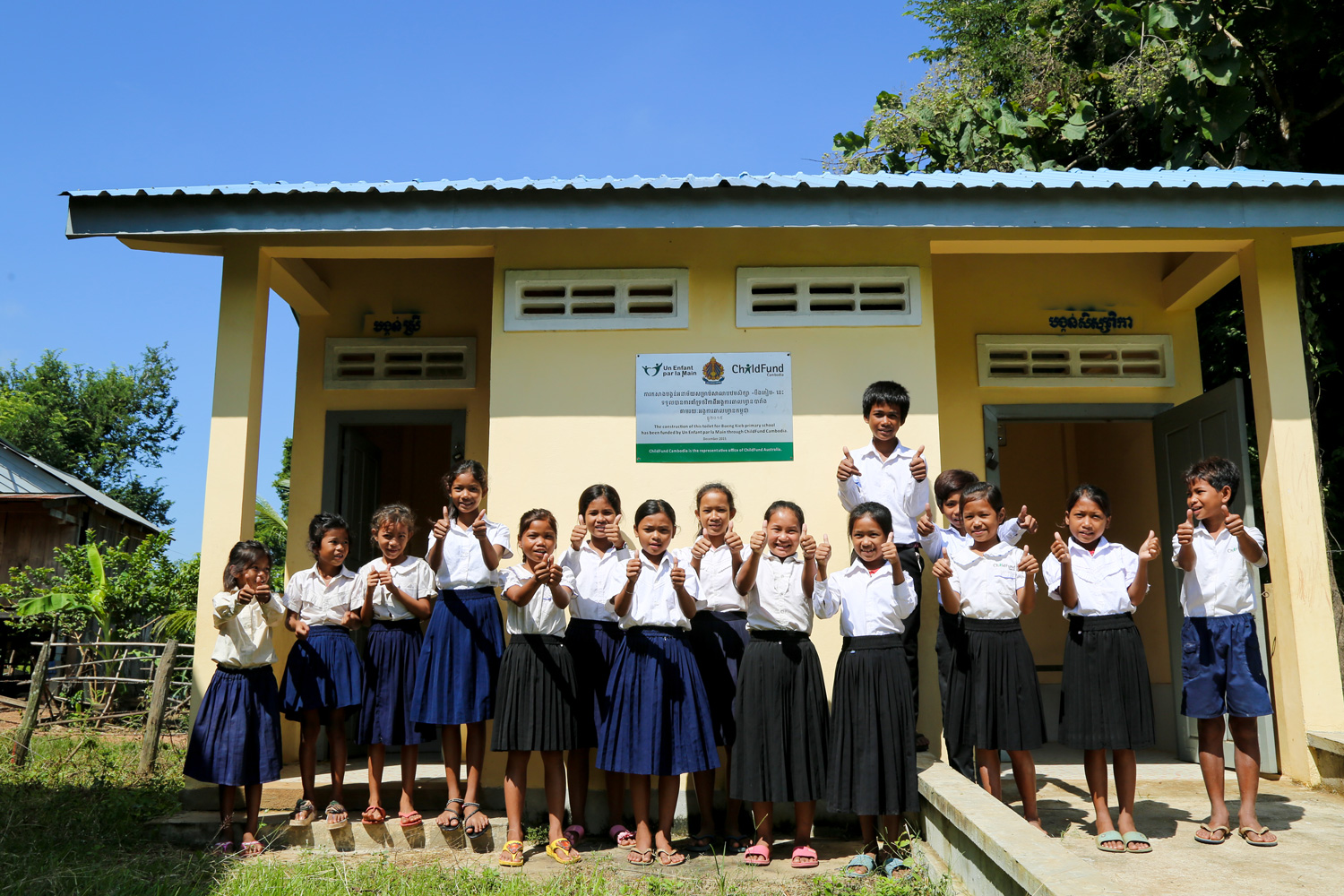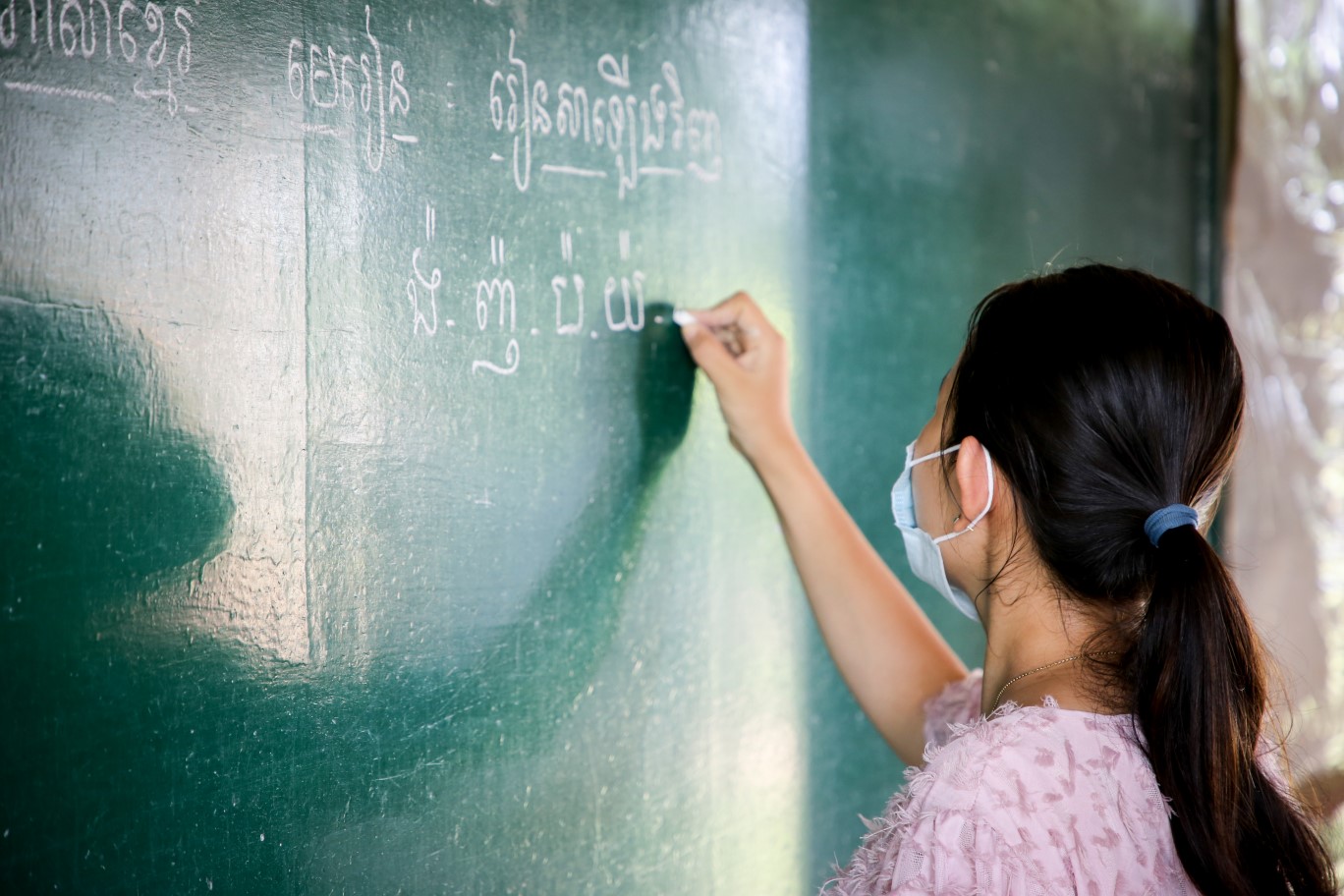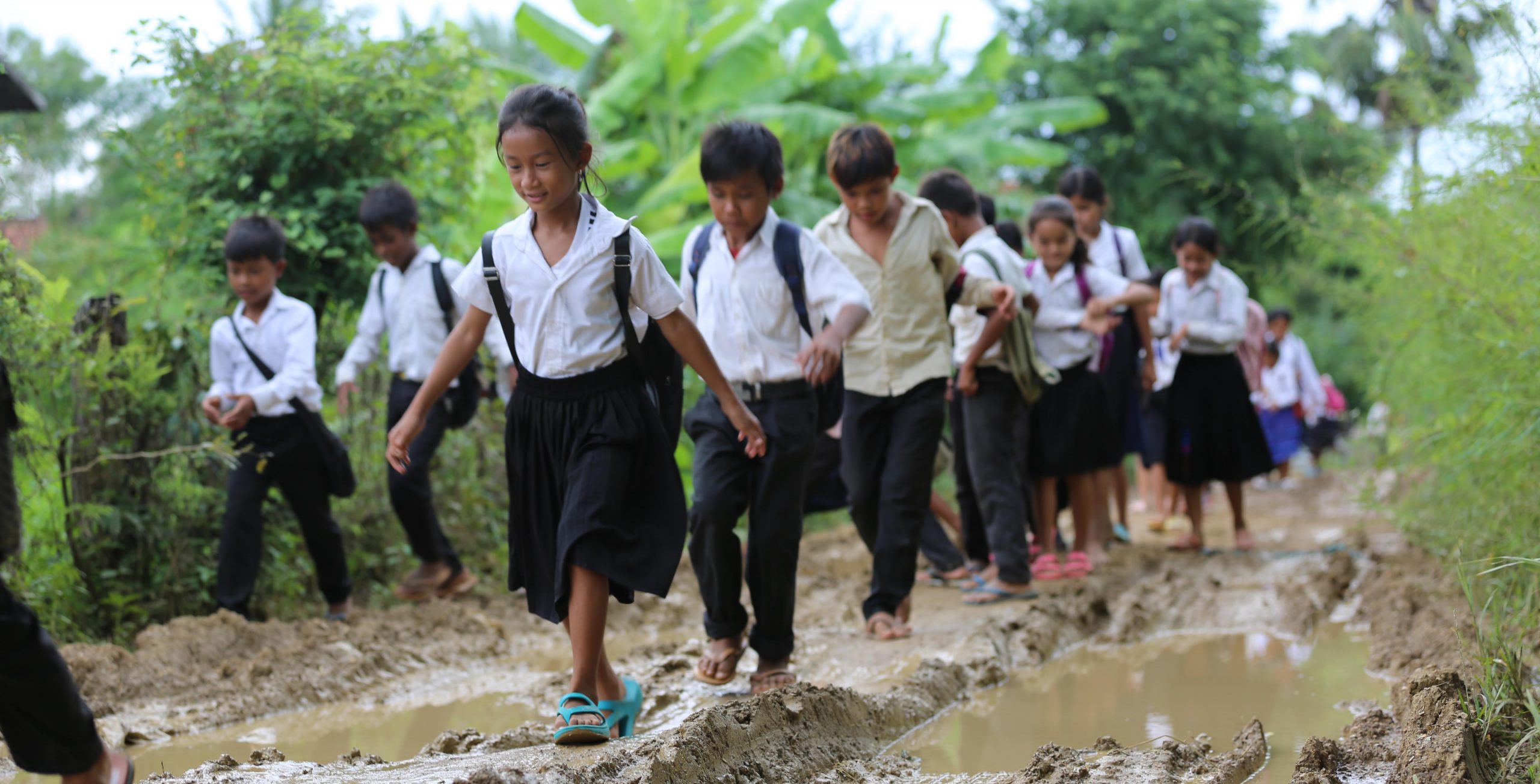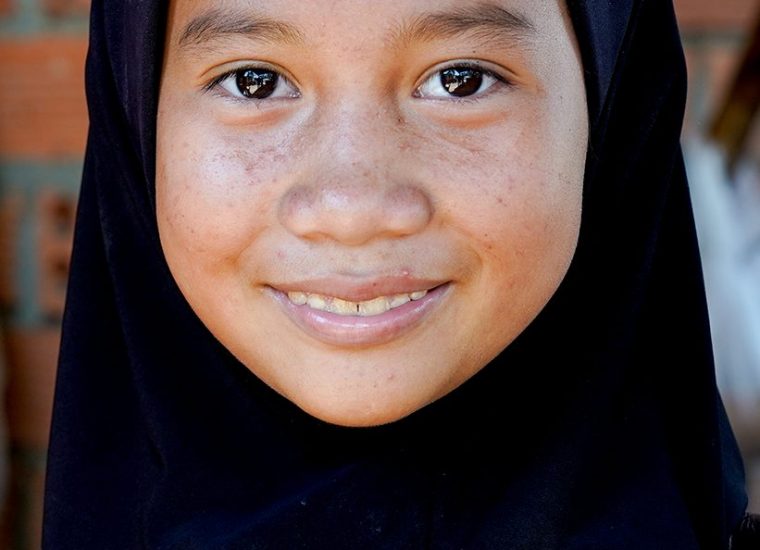The United Nations states there is no consensus on a universal definition of poverty that can be applied to all countries. Poverty can mean a shortage of financial resources and possessions, or it can mean the lack of access to essential services, such as health care, education and safe environments.
Whatever your definition may be, we know that poverty and disadvantage can limit the opportunities for millions of children in developing communities. And while aid in the form of food, water and shelter can provide much-needed support, access to education is one of the most effective ways to break the cycle of poverty.
Children want to go to school
A ChildFund Alliance global children’s survey, Small Voices, Big Dreams polled 3,000 children aged 10-12 from developing countries around the world. With the goal of understanding what children deem important in their lives, the poll found that education, food and water were the three priorities children valued most.
Of those children surveyed, over half said if they were the president of their country, their highest priority would be to improve education. The children offered a range of ideas for how they would execute this priority, including improving and building new schools, making education free, offering school supplies and textbooks to students, and increasing access to education for all children.
What is the cycle of poverty?
Education and poverty are inextricably linked. Families living in vulnerable communities often need their children to stop attending school and begin work to supplement the household income. As a result, children don’t learn important literacy and numeracy skills and are limited to unskilled, low-paying jobs. With limited opportunities to earn better incomes, the cycle of poverty continues.
How does education reduce poverty?
Education is a powerful tool. Equipping children with knowledge and skills gives them greater access to opportunity, and the chance to end the cycle of disadvantage. Here are just a few of the ways education helps reduce poverty.
1. Improving gender equality
When young women and girls go to school and finish their education, they have greater opportunities. Not only do they learn useful numeracy and literacy skills, but they are also more likely to:
- have children as an adult: 59% fewer girls below the age of 17 would become pregnant if all girls had secondary education;
- earn a higher income: every extra year of primary school boosts girls’ eventual wages by up to 20%
- save lives: a child born to a mother who can read is 50% more likely to survive past the age of five
- have a greater chance of ending the cycle of poverty. Most women invest 90% of their income into providing food, clothing and education for their children and community.
2. Increases individual income
The Global Partnership for Education says that an educated individual’s income increases by 10% for each year of schooling. For every dollar invested in an additional year of education, a person’s earnings increase by at least $2.50 in low to middle-income countries, and up to $5 in lower-income countries.
3. Literacy improves health
Education has been linked to improving standards of health around the world. Increased literacy skills enable women to read and access important and useful information during and after pregnancy which can reduce the rates of prenatal and maternal mortality, and improves children’s health.
Access to information also means children and families have a better understanding of the importance of clean water and sanitation practices, which helps to reduce waterborne disease and the costs of medical care.
How can you help children access an education?
ChildFund offers a variety of ways for you to help children living in poverty to access education.
You can help by donating a scholarship or by making regular donations.
Rosany’s education is at a critical point
The COVID-19 crisis is threatening the education of the world’s poorest girls. Many girls like 11-year-old Rosany (pictured above) are at a critical point in their education and face a real risk of never finishing school.
By ChildFund Australia
Almost every government in the world shut schools last year to contain the spread of coronavirus. In poor countries and hard-to-reach communities. where schools were already under-resourced and online learning was impossible, these closures have had a terrible impact.
On top of difficulties accessing education, the world’s poorest girls faced the challenge of finding enough time for independent learning at home. This is because they were expected to take on more unpaid work such as household chores and looking after younger siblings while they were not in school.
Too many girls are deprived their right to education
When a girl leaves school early it can be devastating
and make it more difficult to break the cycle of poverty
The impact of school closures
In Cambodia, schools were closed for almost the entire year.
This was devastating for girls like Rosany. She lives in a remote village and does not have access to the internet or television, which means she was unable to follow remote learning lessons.
A community classroom was set up under a tree in her village, but she found those lessons insufficient and is worried she has fallen behind.
There’s a very real risk that she will never return to school.
The COVID-19 crisis has left disadvantaged children
with limited ways to continue their education
Students like Rosany are at risk of falling behind and leaving school early
Eleven-year-old Rosany belongs to the Cham ethnic minority group in Cambodia and her parents rely on odd jobs for income. When the COVID-19 pandemic threatened Rosany’s community, her father struggled to find work and her mother had to work longer hours selling corn. This put even more pressure on the family.
Rosany is a promising student. She wants to be a teacher and, before the pandemic, she was doing well in school. But, like all her older siblings, she faces the risk of never finishing her education.
Girls from low-income families, who live in remote or rural locations, or who are of an ethnic minority group, are already vulnerable to dropping out of school. The impact of the COVID-19 pandemic on families is increasing this risk, especially for girls like Rosany who face multiple barriers to education.
Alisae is only 13, but may never return to school
Rosany’s 13-year-old sister, Alisae, stopped going to school last year. She had been helping to look after her one-year-old sibling while her parents, whose jobs had been impacted by the pandemic, looked for work.
Alisae tried to juggle school with her responsibilities at home, but found it too difficult. She stopped attending classes and does not think she will return. She desperately wants to help Rosany avoid the same fate.
“I miss going to school,” said Alisae. “I especially miss playing with my friends. I don’t want my younger sister to drop out of school.
“I want her to study higher than me.”
During the pandemic, Alisae took on extra responsibilities at home
She struggled to keep up with her studies
At 13, Alisae doubts she will return to school
Helping girls stay in school during the pandemic
In order to encourage girls like Rosany to return to school. It is important that they know they are returning to a safe learning environment; a place where they feel comfortable.
ChildFund’s team in Cambodia is working with Cambodia’s provincial and national governments, local partners, girls, women, educators and community leaders to improve teaching standards and ensure schools meet the needs of their students.
Upgraded toilets provide a safe, clean space for girls
Child-friendly teaching and learning resources keep students engaged
Back-to-school campaigns to ensure the entire community understands the importance of girls’ education
Workshops with parents, community members and local leaders ensure everyone understands the importance of girls’ education and works together to get girls back to school.
Our team in Cambodia will also work in partnership with communities to run Back to School campaigns where we will identify the most vulnerable girls, including girls who have not returned to school, so that we can help them return to the classroom.
These measures will encourage girls to return to school while helping to build a strong and supportive community around them to ensure they can stay on track through these challenges.
The COVID-19 crisis is threatening the education of the world’s poorest girls. Your gift today could help girls stay in school and reach their potential.
Please Donate
Help girls like Rosany stay in school during this pandemic
